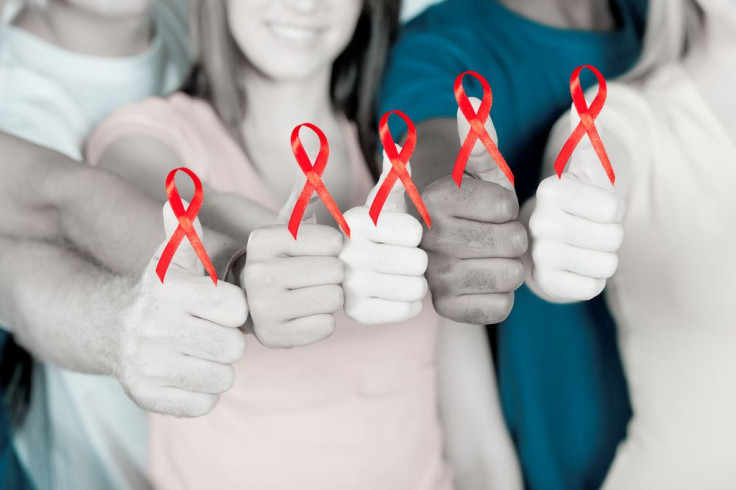HIV Prevention And Treatment Efforts Can Avoid Over 90% Of New Transmission Cases

Today’s HIV prevention strategies focus on reaching people who are already HIV-positive — so they can receive testing, care, and treatment — as well as making prevention options available to people who are HIV-negative. Researchers from the Centers for Disease Control and Prevention have found that by diagnosing people with HIV and providing these people with the right care and treatment, we can prevent over 90 percent of new HIV transmissions.
“By quantifying where HIV transmissions occur at each stage of care, we can identify when and for whom prevention and treatment efforts will have the most impact,” Dr. Jonathan Mermin, director of CDC’s National Center for HIV/AIDS, Viral Hepatitis, STD, and TB Prevention, said in a statement. “We could prevent the vast majority of new infections tomorrow by improving the health of people living with HIV today.”
Mermin and his colleagues have published the first U.S. estimates for the number of HIV transmissions from people at five consecutive stages of care in 2009: people who are unaware of their infection, people who are retained in care, and people who control their virus with treatment. Researchers used three national HIV databases, including the CDC’s Medical Mointoring Project, National HIV Surveillance System, and National HIV Behavioral Surveillance System.
Indicating just how important HIV testing is, the research team found that 30 percent of new HIV infections were transmitted via people who had no idea they were infected. Clearly people who have been diagnosed with HIV were less likely to transmit their infection. People who were not prescribed antiretroviral treatment, but were receiving ongoing HIV care, were 51.8 percent less likely to transmit their infection compared to those who were diagnosed but not receiving care.
“Positive or negative, an HIV test opens the door to prevention. For someone who is positive, it can be the gateway to care and the signal to take steps to protect partners from infection. For someone who tests negative, it can be a direct link to important prevention services to help them stay HIV-free,” said Dr. Eugene McCray, director of CDC’s Division of HIV/AIDS Prevention. “At CDC, we’re working hard to make testing as simple and accessible as possible.”
Compared to people who did not know they were infected with HIV, people who were using treatment to successfully control their HIV were 94 percent less likely to transmit the virus. Unfortunately, only 30 percent of people with HIV have reached this important step in HIV care. CDC researchers stress the importance of a multi-faceted HIV care program, which includes antiretroviral therapy, risk reduction counseling on how to protect sexual partners, screening and treatment for other STDs, as well as treatment for mental health and drug abuse.
Source: Skarbinski J, Rosenberg E, Mermin J, et al. Human Immunodeficiency Virus Transmission at Each Step of the Care Continuum in the United States. JAMA Internal Medicine. 2015.



























